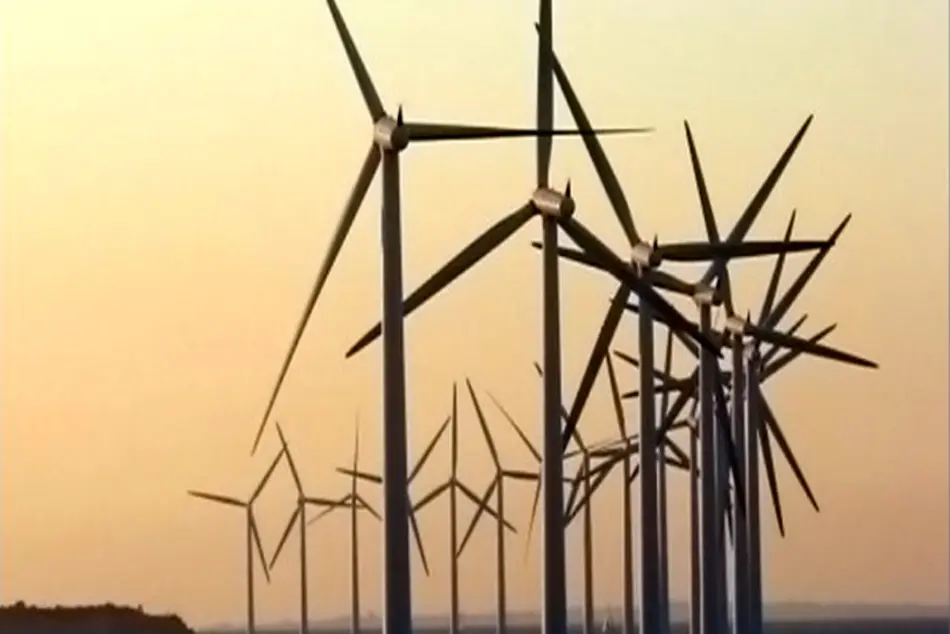Offshore wind a viable option for renewable energy
IEA reports that policy support, technology advances and a maturing supply chain are making offshore wind a viable option for renewables-based electricity generation, leveraging the consistent and higher wind speeds available offshore.

IEA reports that policy support, technology advances and a maturing supply chain are making offshore wind a viable option for renewables-based electricity generation, leveraging the consistent and higher wind speeds available offshore.
Investment has increased in recent years and, with less restrictions on size and height than their onshore counterparts, offshore wind turbines became giants. The height of commercially available turbines has increased from just over 100 metres in 2010 capable of producing 3 megawatts (MW) to more than 200 metres in 2016 (8 MW), and a 12 MW turbine design now under development is 260 metres high.
Installations are also moving further from shore, ensuring better quality wind resources and pushing up capacity factors. These improvements in performance also ease the challenge of integrating offshore output into electricity grids.
The promise of cost-competitive offshore wind in Europe’s North Sea could trigger a circle of accelerated deployment and technology learning elsewhere, but there are still uncertainties over future competitiveness. The costs of offshore wind projects commissioned in 2016 vary widely, but on average are 150% higher than onshore wind and more than 50% higher than utility-scale solar photovoltaic (PV) projects. However, the results of recent auctions in Europe shows a change in costs for some new projects scheduled to enter into operation in the early 2020s; these include some bids that did not require any price guarantees at all, despite the fact that they are at favourable conditions with the cost of grid connection taken by the transmission system operator.
Such a dramatic improvement in costs, would provide a powerful stimulus for policy support and investment elsewhere in the world. This increase offshore wind deployment beyond the levels seen in our main scenario, where the rise from 14 gigawatts (GW) of capacity to 160 GW is concentrated in Europe and China.



